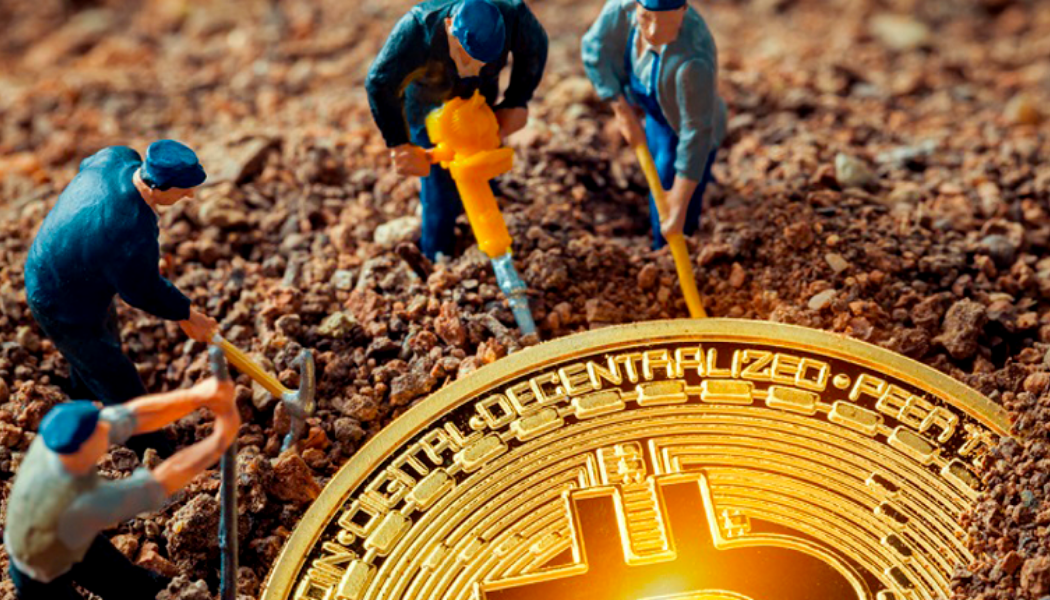This explanation assumes a basic understanding of Bitcoin and blockchain technology. If you’re unfamiliar with either, check out Bitcoin and What is Blockchain?
You’ve definitely come across the word ‘mining’ every time you hear someone talking about Bitcoin. Mining, just like in the age of gold, is the central processing concept through which a cryptocurrency’s generation is propagated and regulated. It’s easy to understand if you think of it as a form of digging deep into the internet to find Bitcoins, although, in reality, it is a tad bit more complicated than that.
The basic idea and purpose for mining is to bring more Bitcoins into the world. When one successfully mines, a certain amount of Bitcoin is supplied to that miner out of nowhere. The value of this amount is halved after every 210,000 blocks in the blockchain are mined. The process of mining has been vaguely calculated to last till the year 2140, when all the 21 Million Bitcoins will be mined and will be out in the world to be traded.
In a blockchain, individuals using computers to verify transactional activities are called nodes. These nodes verify transactions and put them into the blocks. Every time a node completes one block, it is rewarded the mining amount. This block completion itself is a race. Only the first node to complete a block gets paid. The first mined block ever had a reward of 50 BTC, which came down to 25 BTC in 2013 and to 12.5 BTC in 2017. This reward is believed to be halved again in 2020, down to 6.25 BTC.
So how does a person mine?
Well, in order to understand how mining actually works, it’s necessary to get a little technical. It’s all rooted into mathematics and computers.
A miner does nothing, other than buying a high-efficiency computer and downloading the software algorithm. The computer does the rest. Trust us, you don’t need to confuse yourself with hashcodes and cryptography and ASICs.
Technically, anyone with a computer and an internet connection can start mining by downloading the mining algorithm from Satoshi Nakamoto’s open source code, but now that the difficulty, as well as the number of miners, has increased, it’s practically impossible to successfully mine without using high-end machines and GPUs, which in turn consume massive amounts of electricity.
If you are determined to mine Bitcoin yourself, you can find hardware online or in computer shops that massively increase the computer’s power. These can be very costly, but as is the case, if the price of Bitcoin keeps increasing further, it may prove profitable in the long run.

